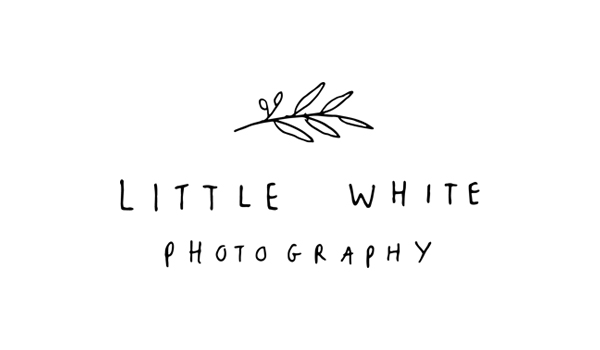Hi photography crew, ok yes you’re right, that’s a terrible title but we’ll have to think of a better one another time as we’ve got lots to cover today.
So in the last blog we focussed on getting your camera into manual and moving your aperture and shutter speed onto a general catch-all setting, which allowed us to then focus on ISO.
Hopefully you’ve had the chance to practice, working out where the ISO is on your camera and playing to see what impact it has on an image as this number goes up and down (the higher the number the brighter the image gets, the lower the number the darker it gets).
Today we’re going to have a look at aperture, that’s the setting that in the last blog we put at 3.2.
- Find out your lens capabilities
Some cameras come with fixed lenses, so you aren’t able to change them. But most DSLR’s come with the ability to change your lenses and it is the lens that determines how high and low you’re able to set your aperture.
So when you’re buying a new lens one key thing to look out for is how low that lens would let you set the aperture (1.2 would be the lowest and the closer to that the better).
The aperture is usually in the lens title e.g. Nikon Z 50mm f1.8 S Lens, the f1.8 tells you that this lens has the capability for you to set the aperture as low as 1.8.
You can find out what your lowest aperture is by simply scrolling on your camera. Every cameras controls are slightly different, but generally it’s the bumpy dial on the front of the camera.
Scroll that dial to the left as far as it will go and then look on the digital camera screen to see what number is showing after the F.

- What does the aperture do?
The aperture impacts the image in two ways. The first is that the lower the aperture number, the brighter the image will be. So F1.8 would mean the image would be much brighter, than if you set the aperture to F5.
But the apertures main job is to determine how much is in focus and the lower the number, the less that will be in focus.
This is generally a good thing, as it means you can make the main part of the image stand out e.g. if you use a lower aperture like F2, then just your babies eyes would be in sharp focus and everything else, like the background, would be a soft blur.
The challenge however is that using a lower aperture and having less in focus does mean that it is more likely that you could miss focus.
- So what should we do next?
The aperture is complicated and I totally understand if your head is spinning a bit, mine certainly was when I first started learning about it.
But the key thing is to practice, practice, practice.
So to start with keep your ISO at 400 (where we’d set it to in the last blog), now we’re going to have a play with the ISO and the aperture together.
Start by setting your ISO to 400 and your aperture as low as it will go, take a photo.
If the photo looks too bright then bring down your ISO number, equally if it looks too dark then bring up your ISO number.
Once you have an image you’re happy with in terms of brightness we’ll then set the aperture much higher.
Try it at F6 and then bring up your ISO number to brighten the image, you may need to go quite high with your ISO (around 2500 or 3200 should be fine).
Now compare those two images. The one you took with your aperture at the lowest setting you could and the image you took with the aperture set at F6.
These are the two extremes and you should notice that the photo taken at your lowest possible aperture has only the subject in focus, but all the background is blurry.
The photo taken with the aperture set at F6 you’ll notice is all in focus, both the subject and the background are all clear.
Now it’s over to you, have a play and see how you get on. It may seem daunting, but once you’ve nailed this then we’re flying and can really start getting creative in our photography.
Suzi x




